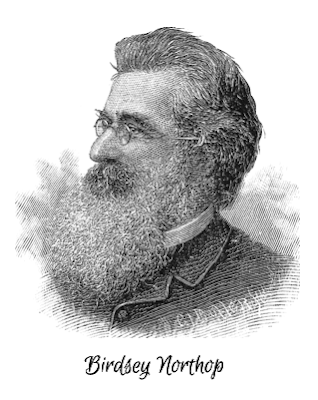From "the Cotter's Saturday Night."
by Robert Burns
O, Scotia! my dear, my native soil!
For whom my warmest wish to Heaven is sent!
Long may thy hardy sons of rustic toil
Be blest with health, and peace, and sweet content!
And, O, may Heaven their simple lives prevent
From luxury's contagion, weak and vile;
Then, howe'er crowns and coronets be rent,
A virtuous populace may rise the while.
And stand ' a wall of fire around their much-lov'd isle.
O Thou! who pour'd the patriotic tide
That stream'd thro' Wallace's undaunted heart;
Who dar'd to, nobly, stem tyrannic pride.
Or nobly die, the second glorious part,
(The patriot's God, peculiarly thou art.
His friend, inspirer, guardian, and reward!)
O never, never, Scotia's realm desert.
But still the patriot, and the patriot-bard,
For whom my warmest wish to Heaven is sent!
Long may thy hardy sons of rustic toil
Be blest with health, and peace, and sweet content!
And, O, may Heaven their simple lives prevent
From luxury's contagion, weak and vile;
Then, howe'er crowns and coronets be rent,
A virtuous populace may rise the while.
And stand ' a wall of fire around their much-lov'd isle.
O Thou! who pour'd the patriotic tide
That stream'd thro' Wallace's undaunted heart;
Who dar'd to, nobly, stem tyrannic pride.
Or nobly die, the second glorious part,
(The patriot's God, peculiarly thou art.
His friend, inspirer, guardian, and reward!)
O never, never, Scotia's realm desert.
But still the patriot, and the patriot-bard,
In bright succession raise, her ornament and guard!







